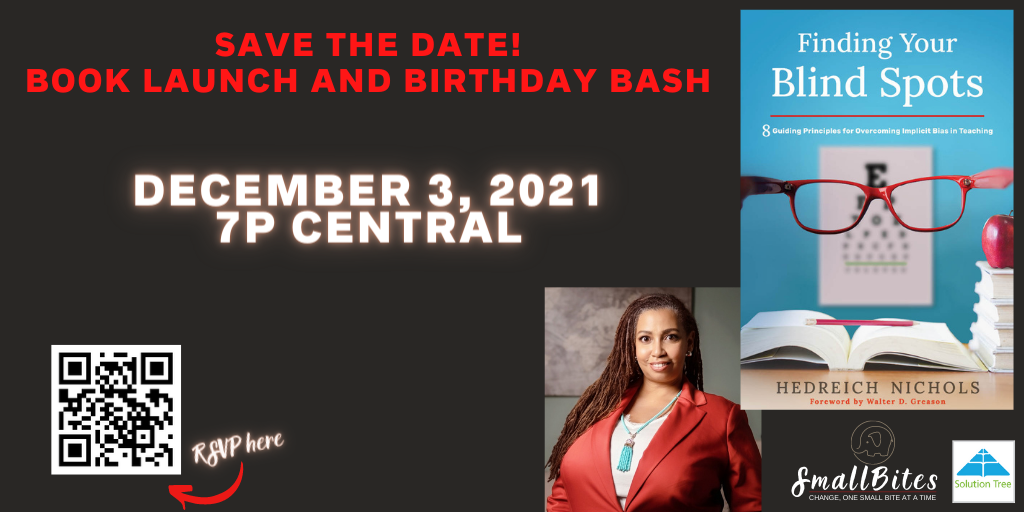You Could Get With This– or You Could Get With That
Small Bites Friday Five 10-29-21:
20-30m – Hang out on the National Park Service’s Telling All Americans’ Stories website (although you could spend hours on NPS.gov going on history adventures). Afraid of pushback for telling diverse stories? Consider having your classes do research on the history of regions, cities or even neighborhoods.
15-20m – If you think teaching about places is a more neutral way to enrich curriculum, mine the nps.gov site on “National Historic Landmarks in your community and across the nation” for content and context.
10-15m – If you are reading online publications with your classes, consider magazines like the Smithsonian’s “American Indian” which build present day context and cultural literacy. (Note, the moniker ‘American Indian’ is still an official US designation in legal documents and is used in certain settings. In the classroom setting, acknowledge national heritage–Cree, Choctaw, Caddo, etc.– when referring to your students)
5-10m – If you only have 5-10 minutes, look through “American Indian” and bookmark 2 or 3 articles to explore with your classes during November, Indigenous Peoples month.
0-5m – If you don’t have much time, take a couple of minutes to think about what you might not know and how you can make time to keep building cultural literacy when you are busy.
Every time I thought about the “SohCahToa” teacher in California who has sadly been vilified and shamed by her peers all across the country, I wondered how she must be getting along. This was not ‘Karen’ and the Scary Black Man birdwatcher in Central Park. This was someone who made a mistake–a very insensitive, unlearned mistake. And she won’t be the last to do so.
Learning gaps
We’ve all been taught a one-sided version of history and that’s a problem. The things I teach on through my work I have learned mostly through extensive research as an adult. Once I realized that there was more to the story, I began to dig. But like that teacher, I didn’t always know what I didn’t know. I was 16 and a high school senior before I realized that the Confederate army was not fighting for me.
While riding home from school one day when I was a young girl, our car
-Finding Your Blind Spots, Hedreich Nichols
stopped next to a truck at the traffic light. The truck was standard issue
for the area—big mud terrain tires, a gun rack, and a red flag with white stars and
crossed blue bars in the window. I said to my mom that I wanted one of those flags
for my room. She and a friend from work who was also in the car laughed. I pressed
on, insisting that the flag was cool and would match my Americana theme. They
froze, exchanging a look of incredulity. They asked me one question: “Do you know
what that is?”
Now, if I, a Black person, born in a Negro hospital, missed the fact that the Stars and Bars were not flying for me and that in actuality it was them “D*mn Yankees” who were fighting for my freedom, how can we expect someone who probably has not been touched by racism to get how wrong the whole SohCahToa thing was?
Complicity?
That teacher is a symptom, not the problem. What she did and didn’t learn–what we all did and did not learn–is the problem.
Look through your social media pages. How many of our friends regularly post pictures of diverse groups of friends? Further, churches, schools and neighborhoods are still often segregated. Lastly, what we are fed online ensures that our filter bubbles are pretty air tight. Don’t see this as an accusation. It’s simply our harsh, segregated reality.
Making Way for Change
So what’s the plan? What do we change to move toward real integration (because we want to, not because we have to)? How do we keep learning when our plates are already overflowing? What educational and legislative shifts are needed to keep these incidents from happening time and time again?
- Diversify your own circle.
- Don’t stop learning. Use the resources here and on reputable sites to broaden your cultural knowledge base.
- Ask your students whose narratives are centered and whose stories are missing. Ask them if they know why certain stories might be missing. STAY NEUTRAL. Let student led discussions land where they may.
- Use your voice to advocate for legislative change–or to fight against it.
It’s easy to look at someone else’s behavior and see how bad it is. It’s much harder to change our own behavior. Again, let’s do the hard thing–one small bite at a time.
NOTE: If you are enjoying the preview of Finding Your Blind Spots, please join me for my birthday bash and book launch on December 3rd. RSVP below.

You Could Get With This– or You Could Get With That Read More »
